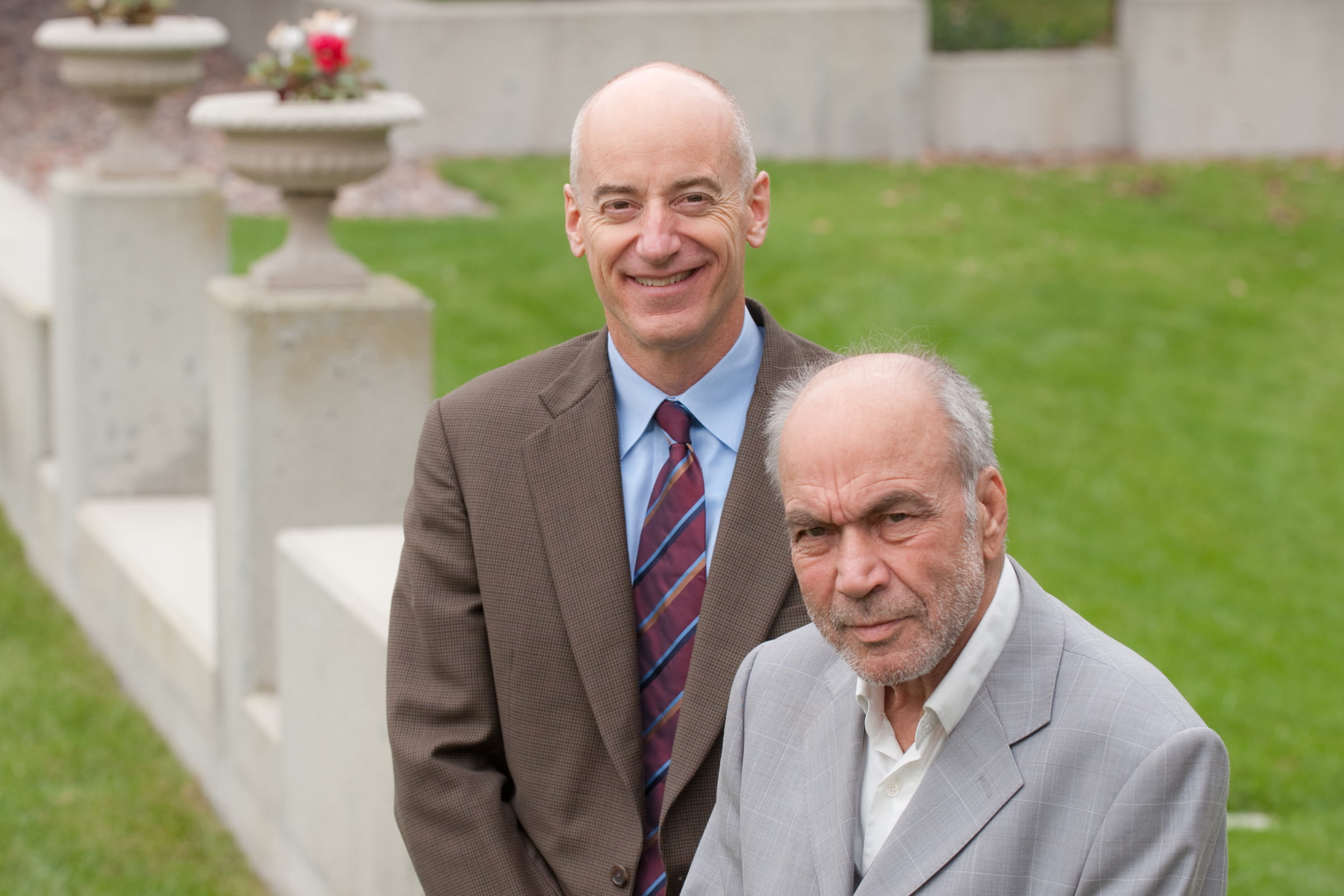U.S., Iranian solar energy scientists convene at UCI
Meeting provides a collegial counterpoint to stormy political environment.

Weeks before an Iranian nuclear scientist was killed by a car bomb and WikiLeaks detailed neighboring nations’ fear of Iran’s warhead capabilities, a more peaceful event took place at UC Irvine.
A dozen Iranian solar energy scientists met with their American counterparts for a two-day mid-November workshop at the Arnold & Mabel Beckman Center of the National Academies of Sciences & Engineering. Similar exchanges between the two countries have been organized by the academies for the past decade, on topics such as earthquake dynamics and water resources.
Over fresh salmon and fine pastries, bottomless cups of coffee and steaming tea, the researchers compared notes on the latest in solar energy designs and the real-world challenges of building concentrated solar troughs, power towers and energy storage facilities.
The overall aim of such sessions is to promote mutual understanding between the two nations and quietly keep scientific lines of communication open in times of strife as well as peace.
“The governments of Iran and the U.S. don’t get along. Currently, we have nearly zero diplomatic exchanges,” says chemistry professor Reginald Penner, director of UCI’s Center for Solar Energy. “So the opportunity to meet with a delegation that included the president of the Iranian Academy of Sciences was unique and especially important.”
He’s referring to Reza Davari Ardakani, who stressed during the workshop that he’s a social scientist and philosopher, not an engineer.
“However, I am aware of the benefits of solar energy, and I think to concentrate on the study of solar energy technology will be very beneficial,” Ardakani said. “I hope we will use this energy for the betterment of all human beings. And it begins with the engineers and the scientists.”
The academics and invited solar industry representatives held discussions that ranged from the use of solar energy in oil refineries to processing inexpensive photovoltaics. They politely peppered each other with questions on everything from maximum advisable temperatures for solar troughs to how technologies secure a share of the renewable energy market.
“Basically, the energy market is a free-for-all,” said Stanley Pinkowski, an industry consultant, responding to a query by an Iranian engineering professor. “Your technology has to beat out others, and it’s unique from location to location. Maybe in central Iran there’s not a lot of wind, so solar would do better.”
Iran, in fact, has vast sunny stretches conducive to solar energy creation. But it also has an abundance of affordable fossil fuels, said Prof. Mahmoud Yaghoubi of Shiraz University, meaning development of solar energy there has been slower. Two major solar thermal projects have been studied in the past decade.
“We have plenty of gas at low prices, so convincing the country to replace this takes time,” he said. But with rising concern abut environmental issues, he and others said solar energy is a natural for the semiarid nation’s future.
UCI Distinguished Professor of civil & environmental engineering Soroosh Sorooshian was particularly impressed with a presentation by the Iranian scientists on how inexpensive solar panels and other sun-powered devices are being used in less developed regions.
“It was pretty nice to see they’ve tried to capitalize on such technologies for rural areas, providing simple mechanisms of free energy in little villages,” he says.
Irvine has a large Persian population, making the university an obvious choice for these exchanges. Sorooshian says UCI also likes to maintain ties with Iranian academics because it might help in wooing that nation’s highly educated grad students to campus.
“The quality of universities in Iran is really good,” he says.
Born and raised in Iran, Sorooshian is glad the U.S.’s National Academy of Sciences and National Academy of Engineering continue to bring together scientists from the two countries. “For me, it means a lot,” he says. “The language of science and engineering is universal.”

